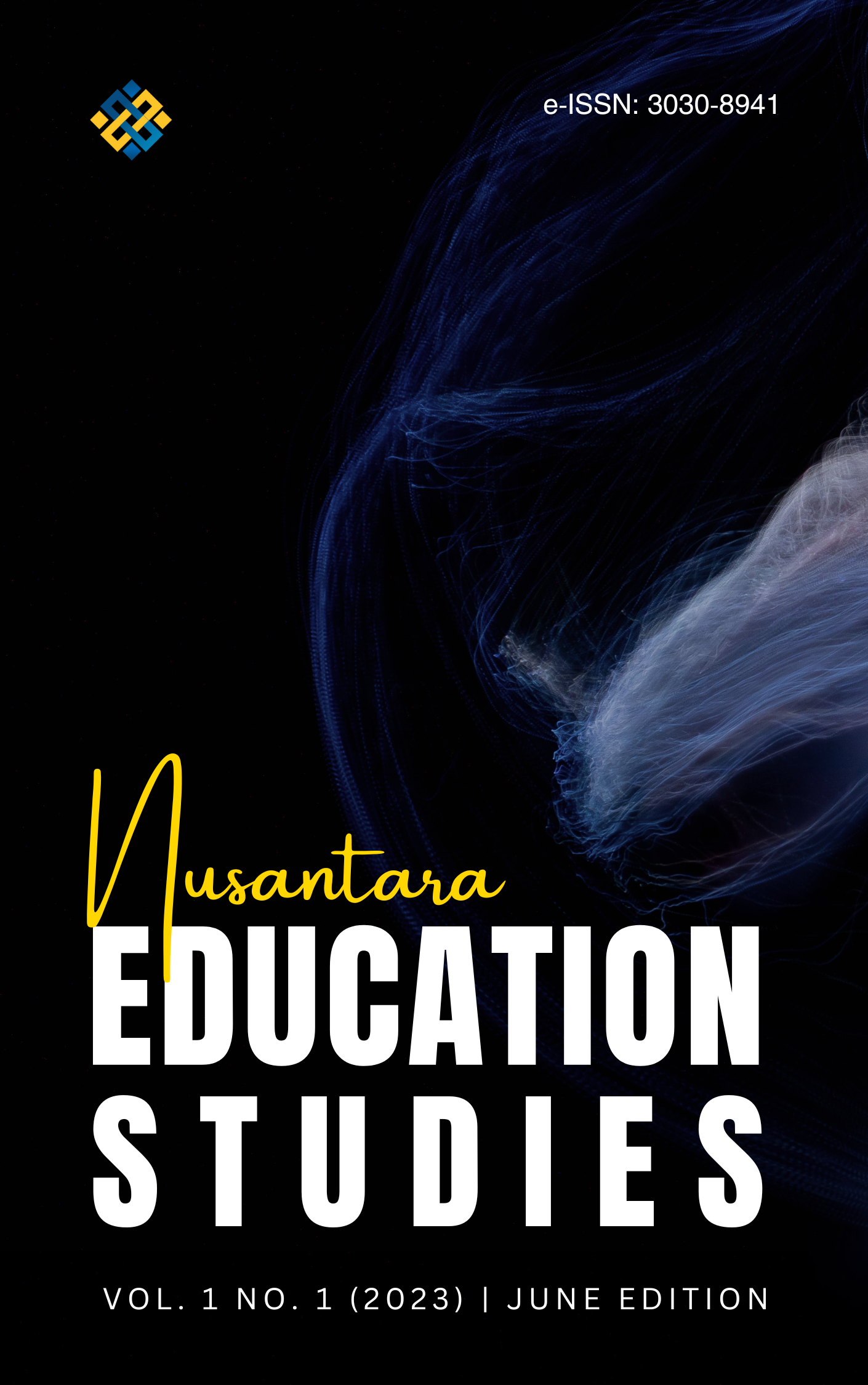Improving Color Recognition Skills Through Color Ball Grouping Game
Keywords:
Cognitive Development, Visual Development, Primary Colors, Secondary ColorsAbstract
The ability to recognize color is crucial to be developed in children early on, as it can stimulate their sense of sight and the brain. This capability can be nurtured through a game involving grouping color balls. This research addresses an issue observed in early childhood at RA Perwanida Pliken, where there are delays in color recognition. The study aims to introduce colors through color balls, helping children to recognize, name, and classify colors. This qualitative research involved data collection methods such as observation, interviews, and documentation. Data analysis was descriptive, aimed at explaining in detail the collected research data. The study's conclusions are: 1) The color ball grouping game enhances color recognition ability, 2) Children acquire an understanding of primary colors (red, yellow, blue) and secondary colors (green), and 3) It enhances cognitive, physical, motor, social-emotional, and language development.
References
Andriani, N., Said, A., & Syamsidar, S. (2021). Improving Color Recognition Ability Though Painting in Group B of TK One Roof Bulubete. International Journal of Health, Economics, and Social Sciences (IJHESS), 3(1), 36-43.
Anggito, A., & Setiawan, J. (2018). Metodologi penelitian kualitatif. Sukabumi: CV Jejak.
Balakrishnan, V., & Claiborne, L. B. (2012). Vygotsky from ZPD to ZCD in moral education: reshaping Western theory and practices in local context. Journal of Moral Education, 41(2), 225-243.
Enterprise, J. (2018). Desain grafis komplet. Jakarta: Elex Media Komputindo.
Fitri, R. (2021). Peningkatan Kemampuan Mengenal Warna melalui Metode Eksperimen pada Anak Usai 5-6 Tahun (Kelompok B). Didaktika: Jurnal Kependidikan, 10(2), 95-106.
Hakkarainen, P., Bredikyte, M., Jakkula, K., & Munter, H. (2013). Adult play guidance and children's play development in a narrative play-world. European Early Childhood Education Research Journal, 21(2), 213-225.
Hapsari, R. (2020). Pengembangan kognitif anak melalui kegiatan mengelompokkan benda dengan media bola warna. Generasi Emas: Jurnal Pendidikan Islam Anak Usia Dini, 3(1), 18-24.
Irshad, S., Maan, M. F., Batool, H., & Hanif, A. (2021). Vygotsky’s Zone of Proximal Development (ZPD): An evaluative tool for language learning and social development in early childhood education. Multicultural Education, 7(6), 234-242.
Ismail, M. P., & Farahsanti, I. (2021). Dasar-dasar Penelitian Pendidikan. Klaten: Penerbit Lakeisha.
Milkaite, I., De Wolf, R., Lievens, E., De Leyn, T., & Martens, M. (2021). Children’s reflections on privacy and the protection of their personal data: A child-centric approach to data protection information formats. Children and Youth Services Review, 129, 106170.
Smith, P. K. (2009). Children and play: Understanding children's worlds. John Wiley & Sons.
Suryana, D. (2016). Pendidikan anak usia dini: stimulasi & aspek perkembangan anak. Jakarta: Prenada Media.
Susanto, A. (2011). Perkembangan Anak Usia Dini: pengantar dalam berbagai aspeknya. Jakarta: Kencana.
Downloads
Published
How to Cite
Issue
Section
License
Copyright (c) 2023 Author(s)

This work is licensed under a Creative Commons Attribution 4.0 International License.





